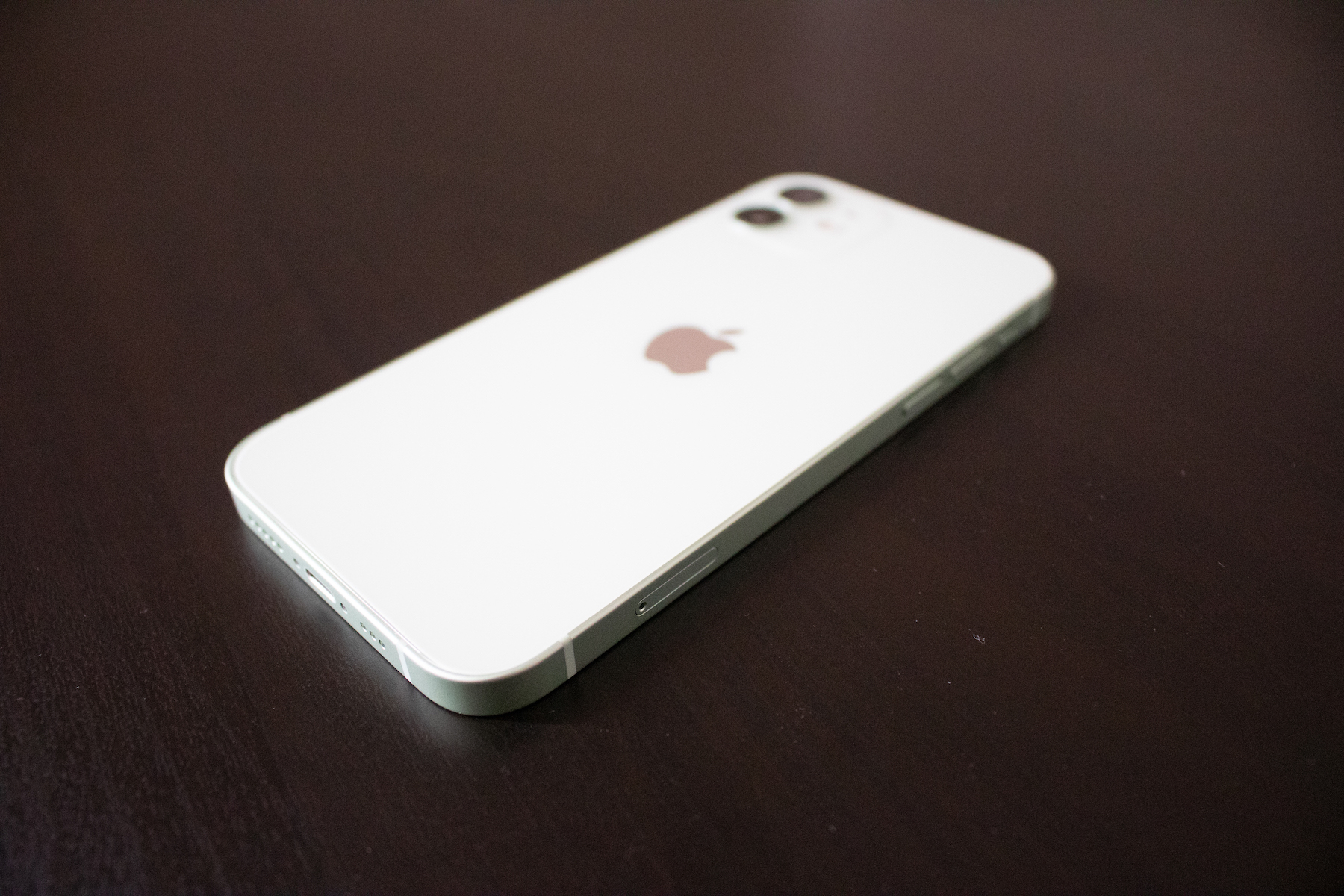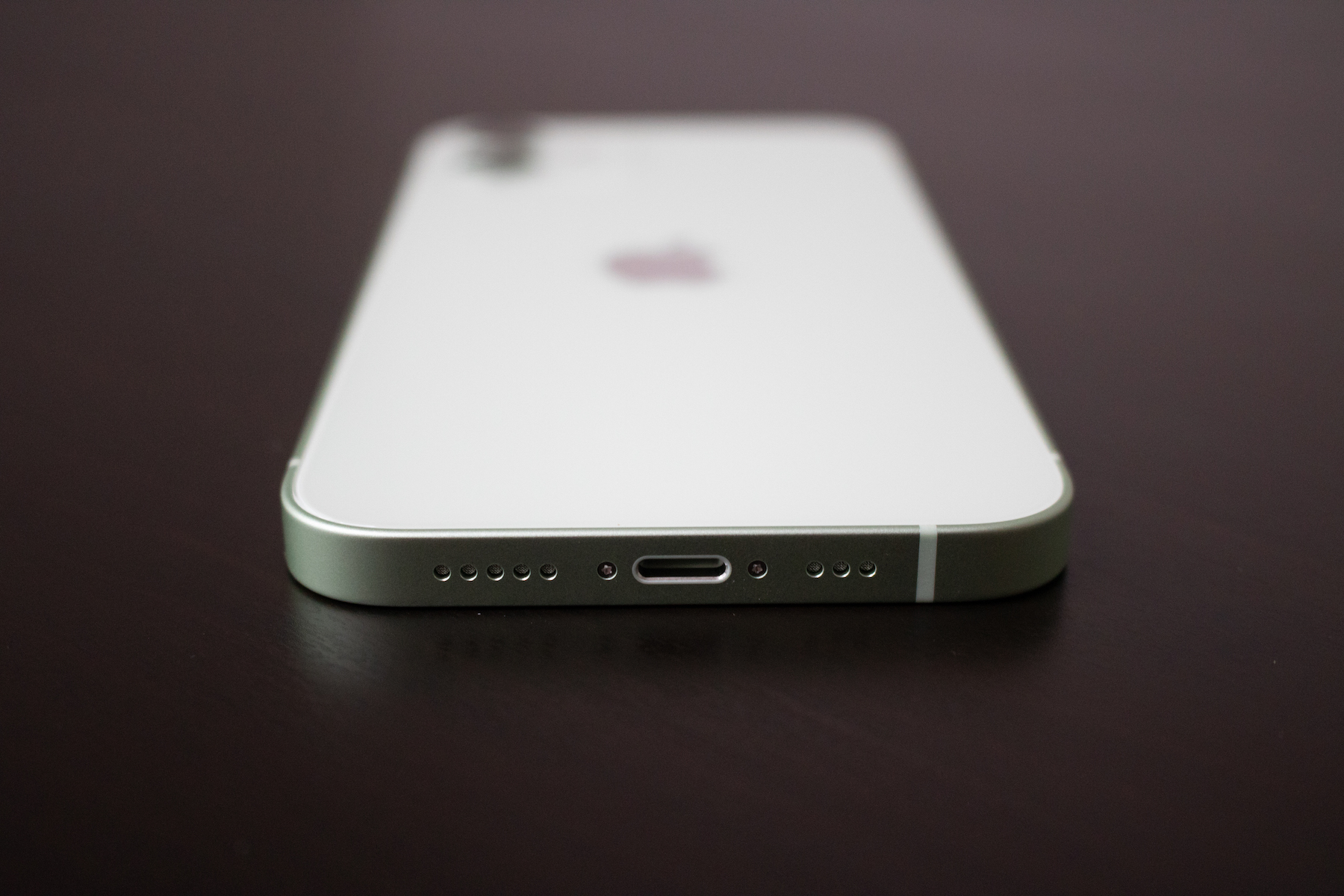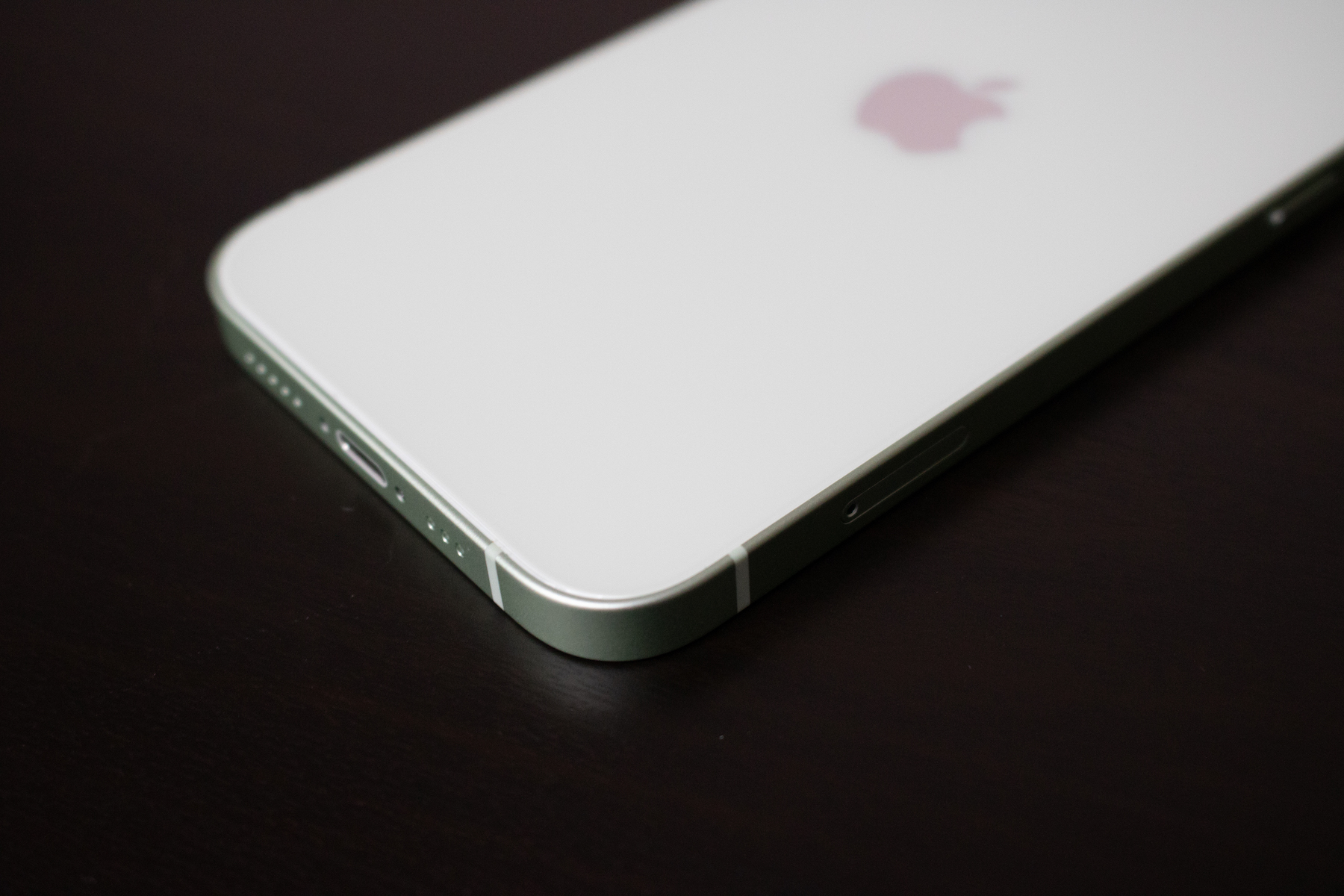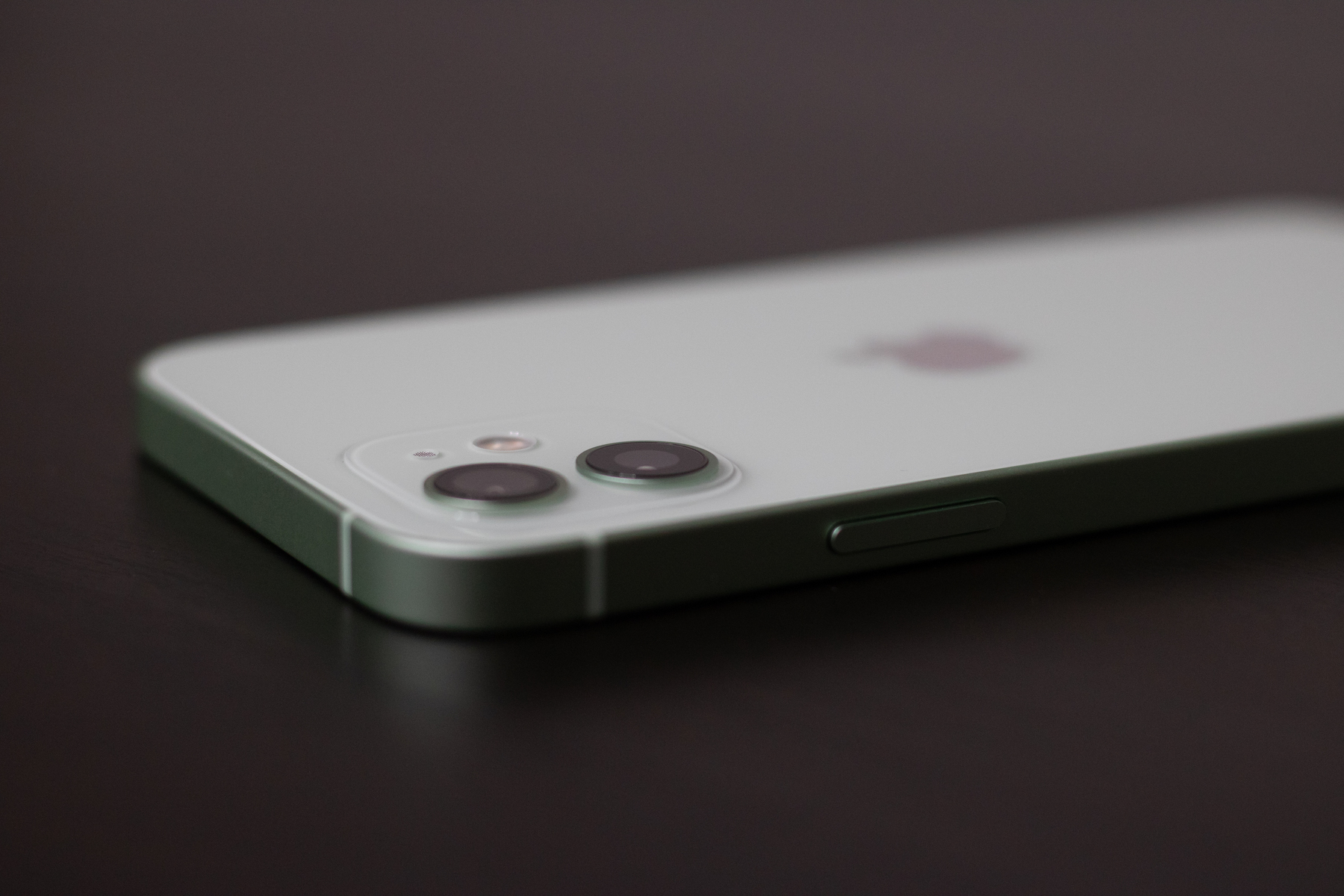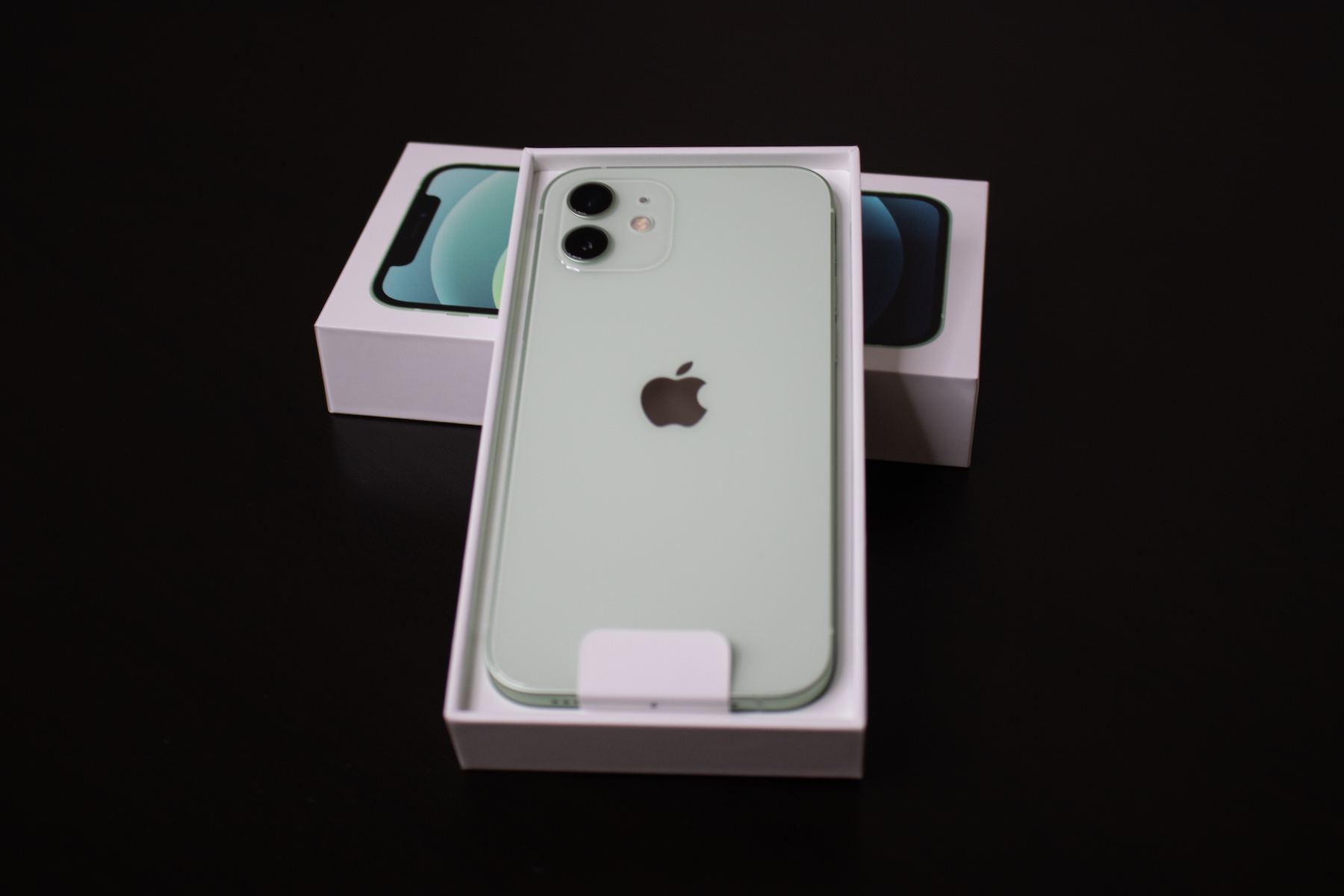In the current technological world, the transition to the newer 5G network standard, which is becoming more and more widespread, is quite often addressed. Although we could already see its larger implementation a few years ago by manufacturers of competing phones with the Android operating system, in the end even Apple was not idle and managed to jump on the bandwagon. The iPhone 5 (Pro) was the first to come with 12G, followed by the iPhone 13, according to which it is practically clear that 5G will be a matter of course in the following Apple products.
It could be interest you

In this regard, it is not entirely clear what the future of the iPhone SE is in terms of 5G connectivity. The current model from 2020, or the second generation, only offers LTE/4G. Why this model does not yet offer 5G like its peers is quite clear - Apple is trying to cut production costs as much as possible to make the production and sale of these models as profitable as possible. The question therefore arises - is the implementation of 5G really so expensive that it is worth overlooking? When we look at competing phones with 5G support, we can also notice models that cost only 5 thousand crowns and still do not lack the aforementioned support.
Transition from 3G to 4G/LTE
The answer to our question can be partly provided by history. When we look at iPads, specifically the second and third generations, we can see one fundamental difference between them. While the 2011 model only offered support for 3G networks, the following year the Cupertino giant finally came out with 4G/LTE. And the best part is that the price hasn't changed a cent - in both cases, the Apple tablet started at $499. However, this does not tell us how it will be in the case of 5G, or whether the transition to a newer standard will increase the prices of, for example, even cheaper products.
But one thing is certain – 5G is not free and the necessary components simply cost something. For example, let's go back to the mentioned iPhone 12, which brought this news first. According to available information, the 5G modem in this phone, specifically the Snapdragon X55, is even more expensive than, for example, the used OLED panel or the Apple A14 Bionic chip. Apparently it was supposed to cost $90. From this point of view, it is clear at first glance that the transition must be reflected in the price of the products themselves. In addition, according to various leaks, the Cupertino giant is working on its own modem, thanks to which, in theory, it could significantly reduce costs.
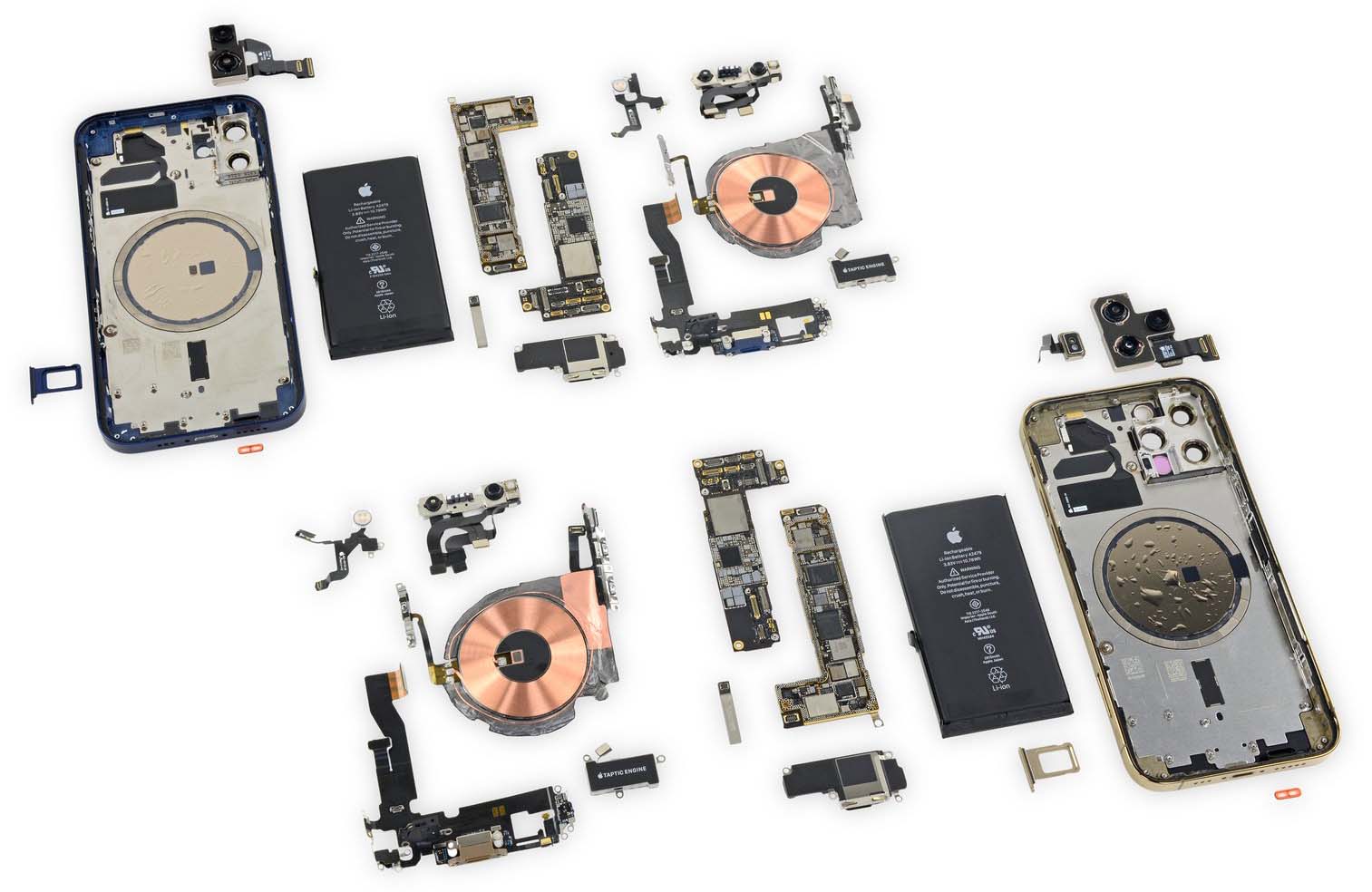
At the same time, however, one thing can be counted on. Technologies are constantly moving forward and the pressure to implement 5G connectivity is increasing. From this point of view, it is so obvious that sooner or later the necessary components will be incorporated even in cheaper devices, but the manufacturers will not be able to raise the price too much, as they could be relatively easily swept away by the competition. After all, this can be seen even now. However, it is of course the worst for mobile operators, who have to make extensive network changes in order to get 5G support to other locations as well.
It could be interest you
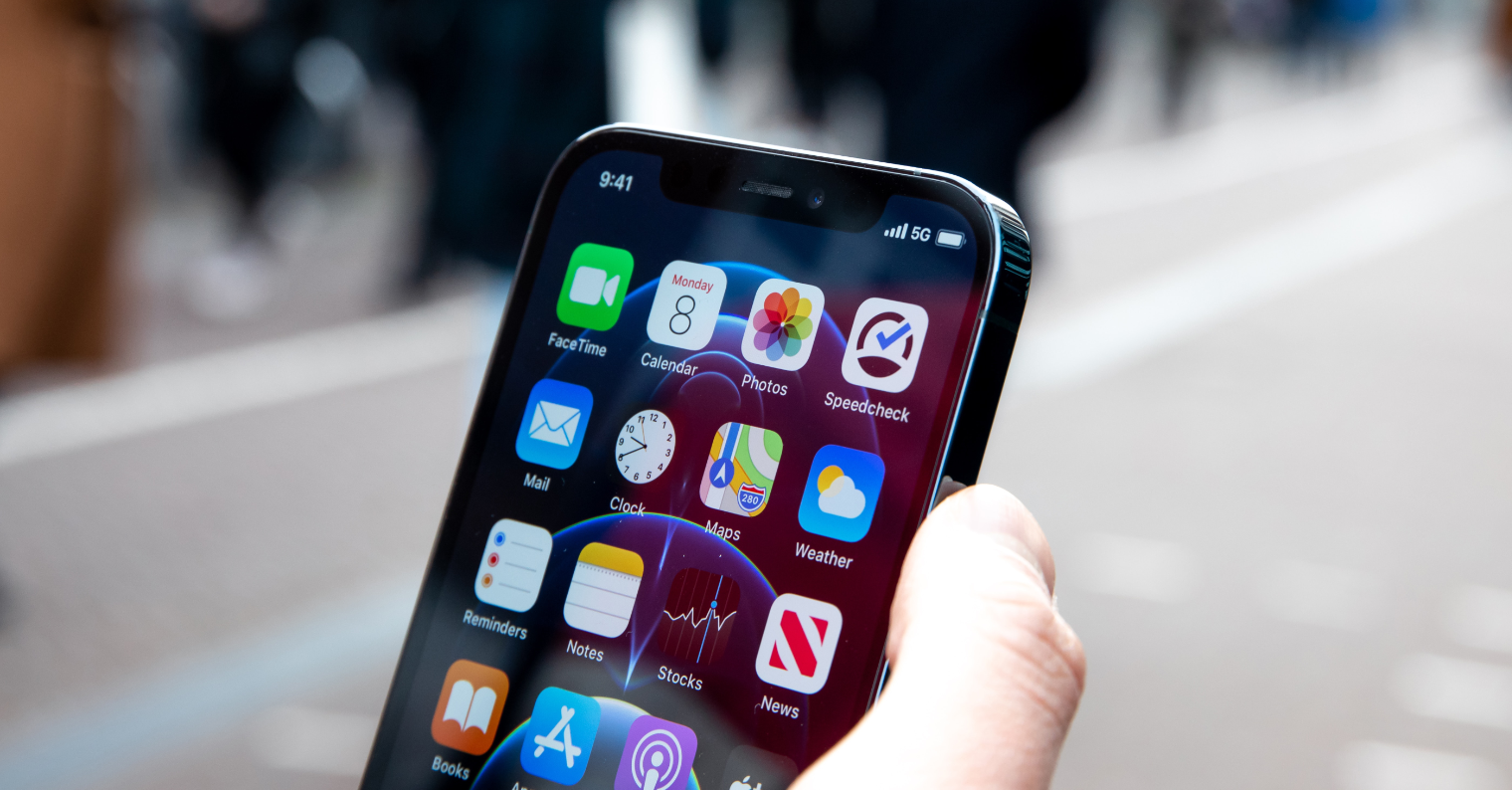
 Adam Kos
Adam Kos 